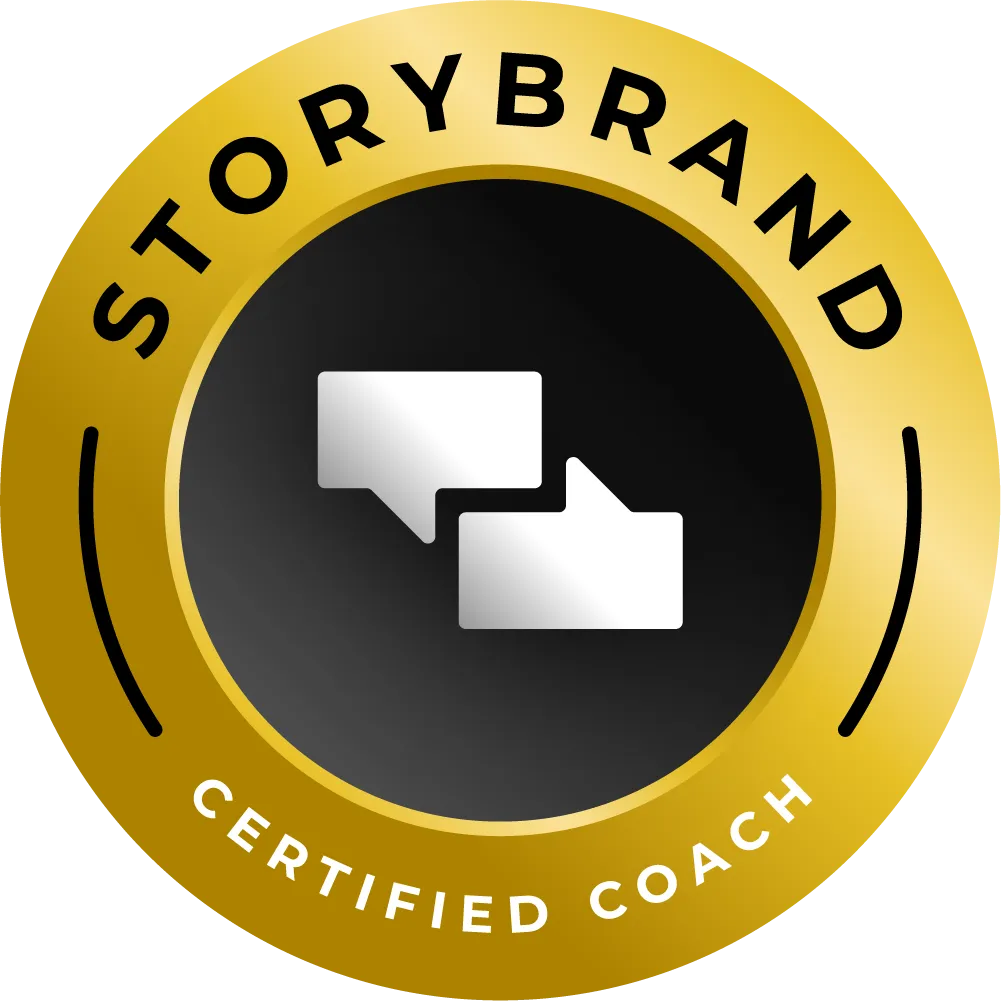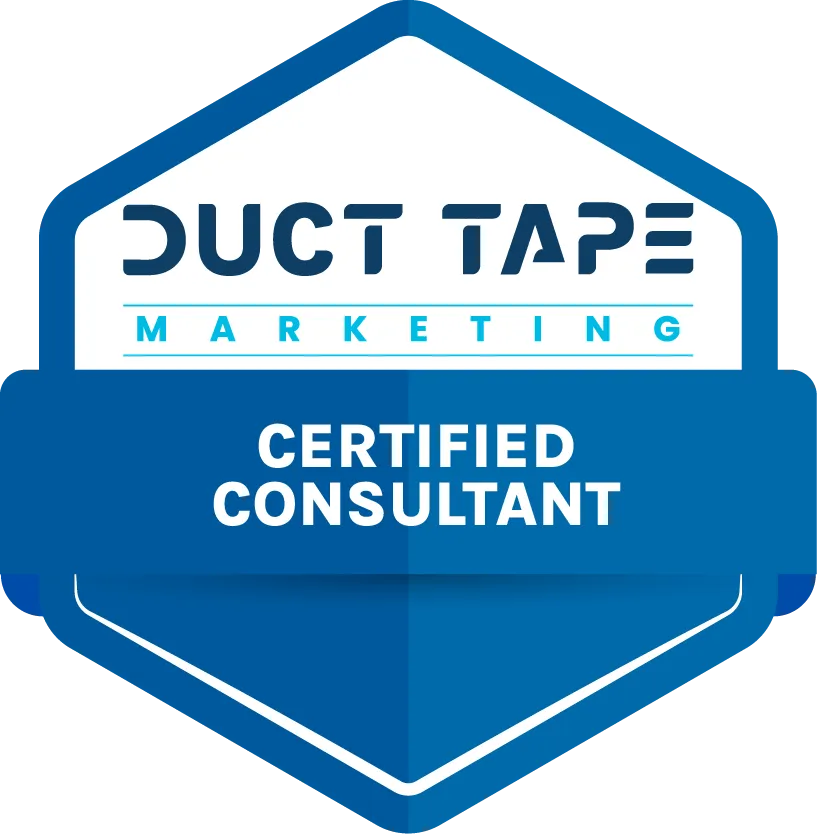NEWS, MEET STRATEGY
Real news, real insights – for small businesses who want to understand what’s happening and why it matters.
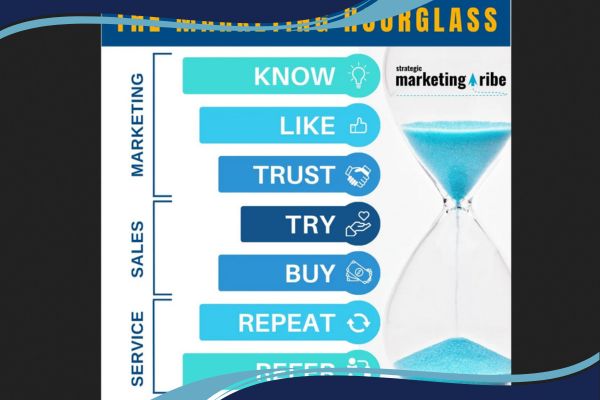
Simple Strategies to Develop Your Small Business’s Marketing Hourglass
By Vicky Sidler | Published 8 November 2025 at 12:00 GMT+2
If your marketing plan feels like it’s just you throwing spaghetti at a wall and hoping it sticks, I have good news. There’s a better way.
It’s called the Marketing Hourglass, and it’s less complicated than it sounds. Think of it as a relationship map for your business.
I’m Vicky Sidler, a StoryBrand Certified Guide and Duct Tape Marketing strategist who believes that when done right, it guides people from “Who the heck are you?” to “Take my money” and then straight into “I told my cousin and three friends about you.”
The idea isn’t new. John Jantsch from Duct Tape Marketing introduced it years ago. But too many business owners still treat it like theory. Or maybe they just don’t know about it at all. Let’s fix that today.
TL;DR:
Map how customers find and experience your business
Identify what’s working, what’s not, and what’s missing
Create helpful content for each of the seven stages
Use low-cost tools to track progress and build momentum
Systemise it all so your marketing doesn’t fall apart when you’re busy
👉 Need help getting your message right? Download the 5-Minute Marketing Fix
Table of Contents:
Simple Strategies to Develop Your Small Business’s Marketing Hourglass
What Is the Marketing Hourglass?
Step 1: Audit What’s Actually Happening:
Step 2: Map the Journey as It Really Happens:
Step 3: Create Stage-Specific Content:
Step 4: Use The Right Tools to Keep It Simple:
Step 5: Review Regularly or Risk Drifting:
The Hourglass Is a System, Not a Guessing Game
1. Marketing Hourglass Explained: What It Is and Why Your Small Business Needs It
2. The Complete Guide to Strategic Marketing
3. Free Target Audience Research That Actually Works
4. How to Find Your Unique Selling Proposition Fast
5. Marketing Automation’s Transparency Gap Is Costing You Sales
6. Is Generative AI Worthless? Maybe That’s a Good Thing
FAQs on Building Your Small Business’s Marketing Hourglass
1. What is the Marketing Hourglass?
2. How is the Marketing Hourglass different from a sales funnel?
3. Where do most small businesses struggle in the hourglass?
4. How do I know which stage to improve first?
5. Do I need expensive software to build a Marketing Hourglass?
6. How often should I review my Marketing Hourglass?
7. Is this something I can do myself, or do I need a consultant?
What Is the Marketing Hourglass?
The Marketing Hourglass is a seven-stage model that maps how someone becomes a loyal customer. It flips the traditional sales funnel by focusing just as much on what happens after the sale as before.
Here’s the flow:
Know → Like → Trust → Try → Buy → Repeat → Refer
Each stage needs specific actions from you and clear next steps for the customer. Miss a stage, and people either fall through the cracks or never come back.
Here’s how to do that.
Step 1: Audit What’s Actually Happening:
Start with a reality check. Pull out a spreadsheet. Label seven columns: Know, Like, Trust, Try, Buy, Repeat, Refer.
If you want a template sheet to get you started, grab it free in our Resources section.
Now list every way someone interacts with your business. Website. Google reviews. That one email you send after a sale.
Where are you missing steps? Where are you doubling up? Color code it. Green = solid. Yellow = needs work. Red = missing entirely.
Spoiler: most people flounder in the Try, Repeat, and Refer stages. That’s where the biggest opportunities are.
Step 2: Map the Journey as It Really Happens:
Forget how you want people to find you. Focus on how they actually do.
Interview 5 to 10 customers. Ask them to walk you through their entire experience, from first hearing about you to telling others.
What do they google? What makes them nervous? Where do they get stuck?
This will show you things your analytics never could. Like how someone might check your reviews three times before even opening your website.
The key insight? You’re not the hero in this story. They are.
Step 3: Create Stage-Specific Content:
Each stage needs its own type of content. That’s how people move forward.
Know: Blog posts, SEO, guest features
Like: Behind-the-scenes, welcome emails, newsletters
Trust: Testimonials, before-and-afters, media mentions
Try: Free templates, webinars, 30-minute consults
Buy: Clear pricing, FAQs, onboarding steps
Repeat: Loyalty perks, check-ins, helpful tips
Refer: Easy referral links, double-sided rewards, shout-outs
Do not try to do everything at once. Pick your weakest stage and start there.
Read this article for a more detailed guide to this.
Step 4: Use The Right Tools to Keep It Simple:
You don’t need enterprise software.
HighLevel CRM: tracks contacts and sends emails automatically
Canva: makes everything look decent
Google Forms: gather feedback
Google Sheets: old-school but it works
The point is not to be fancy. The point is to stay consistent.
Step 5: Review Regularly or Risk Drifting:
Every three months, take an hour and look at what’s working.
Are more people signing up or dropping off?
Are they sticking around or ghosting you after the first buy?
Are they referring anyone?
Choose one stage to fix each quarter. Small changes compound fast.
The Hourglass Is a System, Not a Guessing Game
Most marketing advice tells you to post more, run ads, or do a dance on TikTok.
But the Marketing Hourglass is different. It gives you a full view of your customer journey—and a clear path to improvement.
It’s how I help clients move from scattered tactics to steady growth. And the first step? Fix your message. If you can’t explain what you do in one clear sentence, none of the other stuff matters.
👉 Download the 5-Minute Marketing Fix and let’s start there.
Related Articles:
1. Marketing Hourglass Explained: What It Is and Why Your Small Business Needs It
If this was your first time hearing about the Marketing Hourglass, start here. This article explains the whole framework so you can connect the dots before building your own system.
2. The Complete Guide to Strategic Marketing
If you’re serious about fixing your customer journey, this deep dive helps you see how the hourglass fits into a larger, sustainable marketing strategy.
3. Free Target Audience Research That Actually Works
You can’t guide customers through an hourglass you don’t understand. This article helps you gather the customer insights needed to create the right content for each stage.
4. How to Find Your Unique Selling Proposition Fast
You need more than just good service—you need to stand out. This article helps you shape the kind of messaging that builds trust and nudges people to try.
5. Marketing Automation’s Transparency Gap Is Costing You Sales
Ready to automate some of your hourglass processes? This one shows how to do it without losing control—or accidentally damaging trust.
6. Is Generative AI Worthless? Maybe That’s a Good Thing
If you’ve been distracted by shiny tools instead of building systems, this piece is your reset. It’s a reminder that trust and clarity always come first.
FAQs on Building Your Small Business’s Marketing Hourglass
1. What is the Marketing Hourglass?
The Marketing Hourglass is a seven-stage customer journey model that helps small businesses turn strangers into loyal customers. The stages are: Know, Like, Trust, Try, Buy, Repeat, and Refer. It focuses just as much on what happens after a sale as before.
2. How is the Marketing Hourglass different from a sales funnel?
A funnel focuses only on getting people to buy. The hourglass continues beyond the sale, guiding how to keep customers, turn them into repeat buyers, and encourage referrals. It’s about building relationships, not just closing deals.
3. Where do most small businesses struggle in the hourglass?
Most drop the ball in the Try, Repeat, and Refer stages. These are usually underdeveloped or missing completely. That’s where customers go quiet or disappear—because there’s no clear reason to stay engaged.
4. How do I know which stage to improve first?
Start with an audit. List every customer touchpoint and match it to one of the seven stages. Then color-code it. Green means solid, yellow needs work, red is missing. Your first priority should be whichever stage has the most red.
5. Do I need expensive software to build a Marketing Hourglass?
Not at all. Most of it can be done with free or low-cost tools like Google Sheets, MailerLite, HubSpot CRM, and Canva. The key is consistency, not complexity.
6. How often should I review my Marketing Hourglass?
Quarterly is ideal. Every three months, review your stage-specific metrics, spot bottlenecks, and pick one area to improve. Small changes every quarter lead to steady, long-term growth.
7. Is this something I can do myself, or do I need a consultant?
You can absolutely do this yourself. The whole point of this guide is to give small businesses a way to build their hourglass without hiring a team. That said, if you want help clarifying your message first...
👉Download the 5-Minute Marketing Fix and get your one-liner sorted before you build anything else.
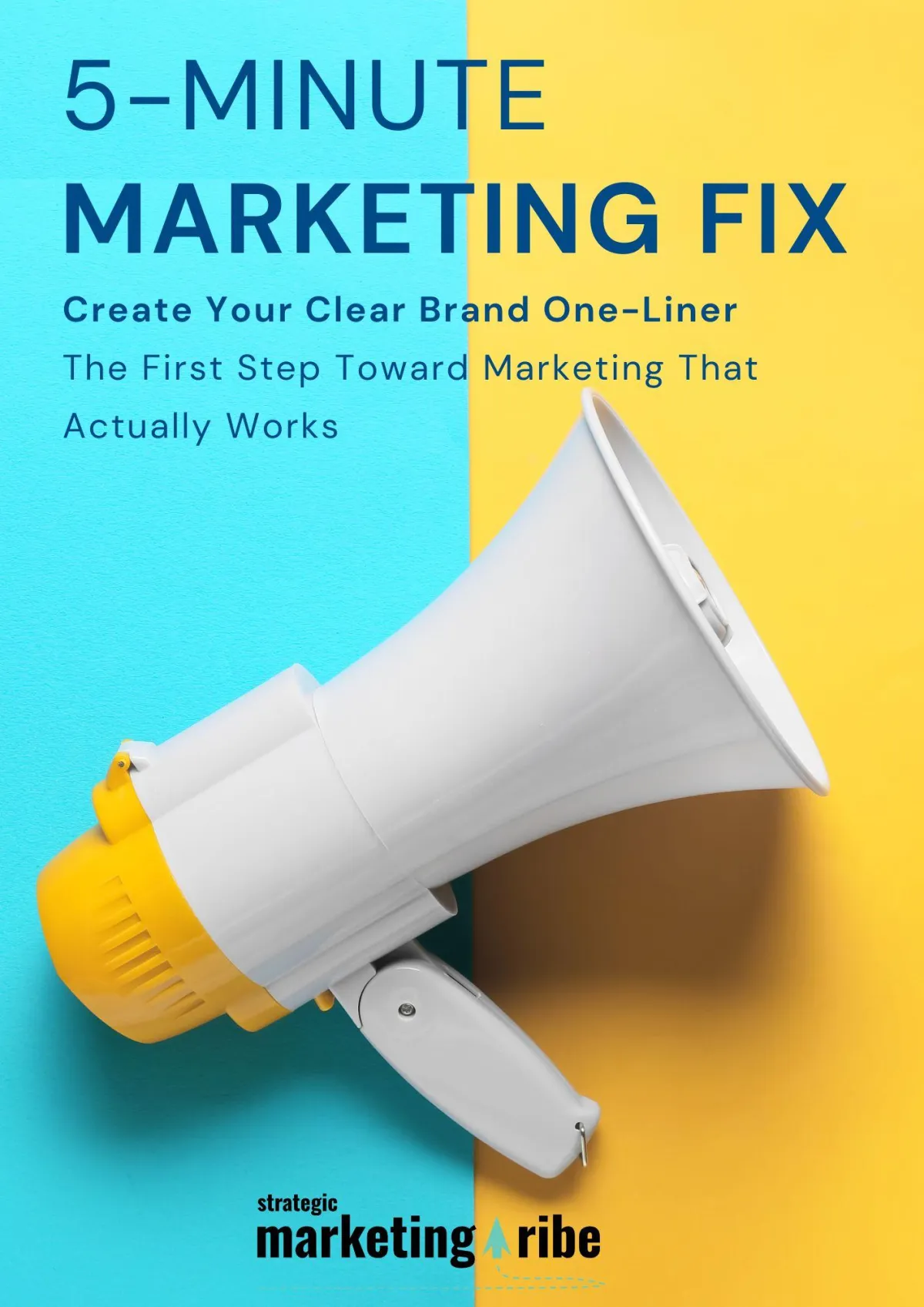
Created with clarity (and coffee)

